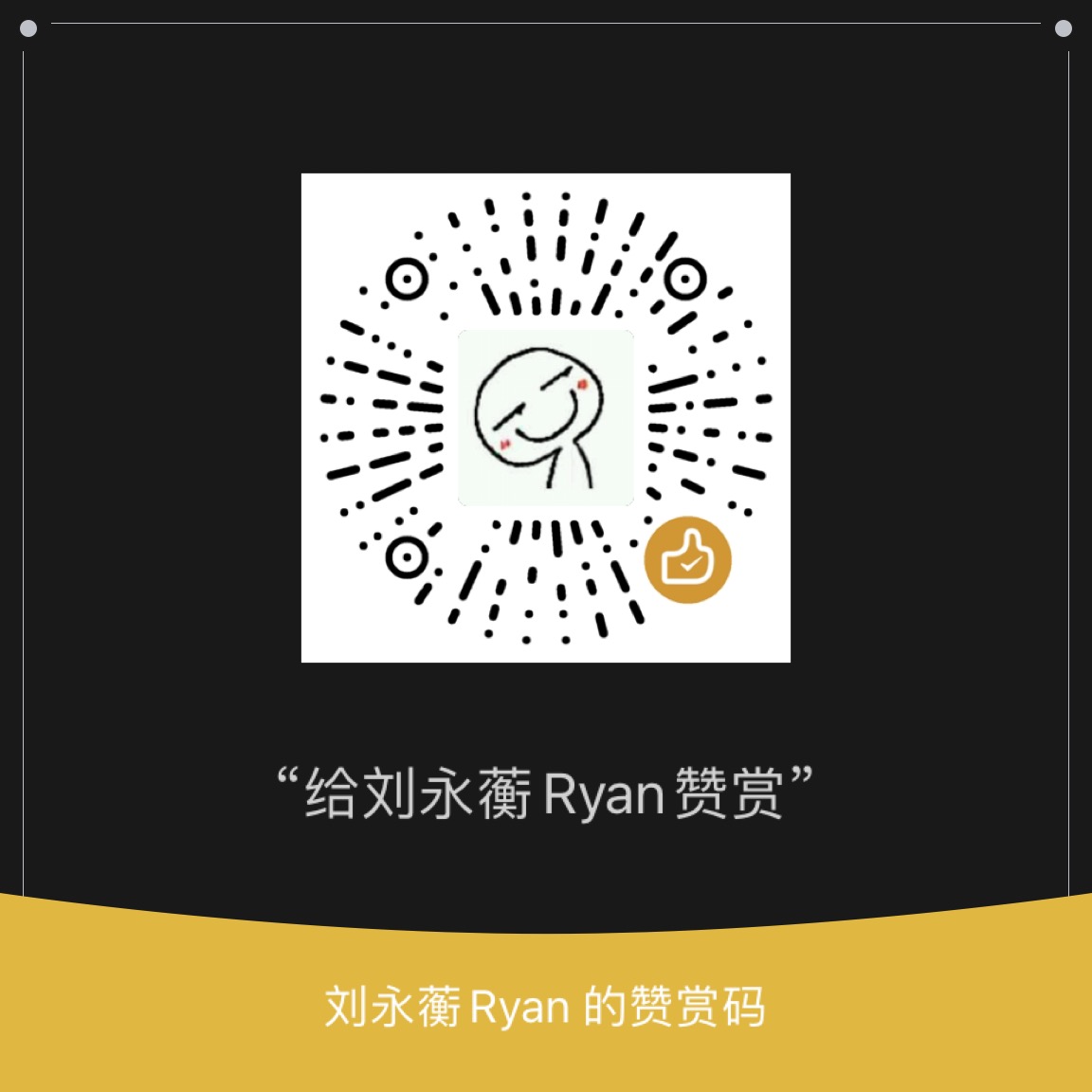单例模式的五种写法(Java)
最后一次更新时间:Friday, January 22nd 2021, PM
饿汉式
| public class Singleton{
private static Singleton instance = new Singleton();
private Singleton(){}
public static Singleton getInstance(){
return instance;
}
}
|
懒汉式(线程不安全)
| public class Singleton{
private static Singleton instace;
private Singleton(){}
public static Singleton getInstance(){
if (instance == null){
instance = new Singleton();
}
return instace;
}
}
|
懒汉式(线程安全)
效率低,每次都要加锁
| public class Singleton{
private static Singleton instace;
private Singleton(){}
public static synchronized Singleton getInstance(){
if (instance == null){
instance = new Singleton();
}
return instace;
}
}
|
双重校验锁 DCL(Double Checked Locking)
先判断,若对象已创建,则不进入synchronized代码块。提升了性能且保证安全。
Volate一般用于保证多线程可见性。这里用来防止指令重排序。
| public class Singleton{
private volatile static Singleton instance;
private Singleton(){};
public static Singleton getInstance(){
if (instance == null){
synchronized(Singleton.class){
if (instance == null){
instance = new Singleton();
}
}
}
return instance;
}
}
|
静态内部类
调用getInstance()才初始化,更加灵活。
| public class Singleton{
private static class SingletonHolder{
private static final Singleton INSTANCE = new Singleton();
}
private Singleton(){}
public static final Singleton getInstance(){
return SingletonHolder.INSTANCE;
}
}
|
